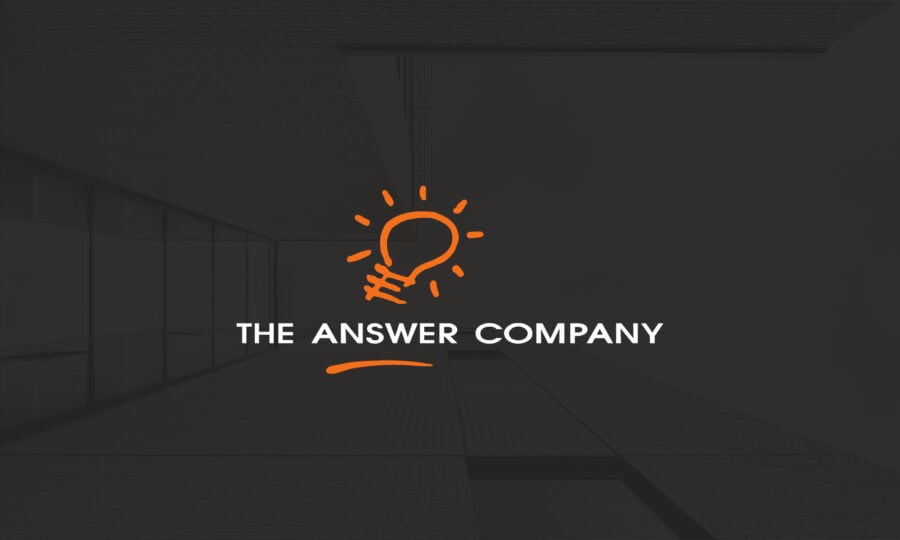What You Don’t Know Will Hurt You: The Outsized Value of Predictive Analytics and KPIs
“By 2023, organizations that promote data sharing will outperform their peers on most business value metrics.”
Gartner
You’re no doubt familiar with everyday business KPIs that illustrate monthly cash flow or quarterly sales. While those metrics have value, they can only tell you what has already happened. In order to help predict and influence future business success, executives need access to a different type of KPIs — predictive KPIs. So, what are predictive analytics, what should you be tracking, and how can you get them?
What are predictive analytics and predictive KPIs?
Predictive analytics and predictive KPIs, sometimes called leading indicators, help businesses better predict outcomes. Instead of answering “How’d we do?” predictive KPIs answer “How will we do?” Predictive analytics can help executives and their teams drive business success by effectively seeing around corners, providing insights that power better planning and decision-making.
Which predictive KPIs should I be tracking?
Companies in different industries and at different stages in their lifecycle will find value in various predictive KPIs. Conveniently though, the process to begin identifying which ones to track is much the same for everyone.
It helps first to identify the stakeholders, such as customers, employees, suppliers, or equity partners. Next is to define what you want from those stakeholders and what you want to provide to the stakeholders — you’ve got to look at it both ways. Take customers for example. What you want from them is to hang around and buy more. What customers want from you is better service and faster shipping. Finally, armed with joint stakeholders’ expectations, you identify KPIs that help you benchmark your performance and make predictions of future performance.
Below is a sampling of both predictive analytics KPIs and more traditional KPIs that when considered in concert with the leading indicators will add to your ability to see around the bend. The list is by no means exhaustive, just enough to get you thinking.
Customer-focused predictive KPIs
- Number of unique users
- Daily active users
- Click-to-open rates
- Churn rates
- Customer acquisition costs
- Customer satisfaction scores
Employee-focused predictive KPIs
- Turnover rate
- Average salary compared to industry standard
- Value of employee benefit package
- Time-to-hire
- Employee acquisition costs
- Revenue by employee
- Utilization rate
Suppliers/Vendors
- Order fill rate
- PO cycle time
- Lead time trends
- Order Accuracy
- On-time payments
- Number of suppliers per item
Equity Partners
- Return on equity
- Gross burn rate
- Percentage revenue from new customers
- Customer acquisition cost
- Revenue forecast
- Contribution margin
- Revenue per employee
How does one gather predictive analytics?
Some companies deploy Business Intelligence (BI) applications to help them bring together and make sense of disparate data and are useful tools in the hunt for predictive analytics. BI is a powerful tool and one we recommend and implement for many of our clients. However, most BI tools take time and expertise to implement and can be out of the reach of everyday, non-technical users. We’ve found the quickest, most effective way to put real-time, decision-making data in front of the people who need it is through the use of Key Performance Indicators, or KPIs.
Sage Intacct provides dozens of KPIs out-of-the-box, metrics you can include on users’ dashboards so they can monitor performance and begin to identify trends. Other predictive analytics can be sourced from Sage Intacct standard and customized reports that you or your business partner configure. We invite you to learn more about predictive analytics and predictive KPIs in a short eBook from Sage Intacct, Predictive KPIs.
